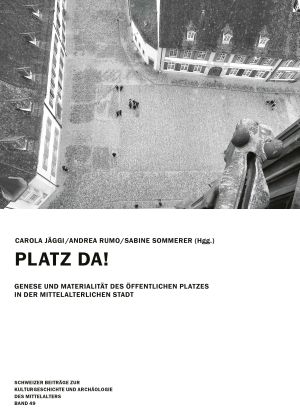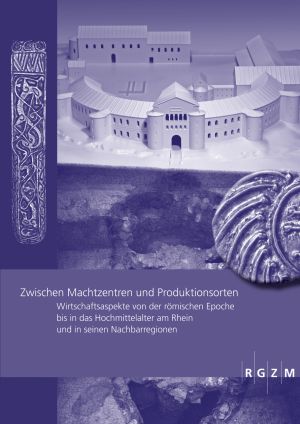Höltken, Thomas
Platz Da! Der öffentliche Platz in der mittelalterlichen Stadt
Many recent publications have dealt with medieval town squares as public spaces and stages to assert political power, and as “theatres” of ritual and social interaction. This volume comprises 16 presentations held at a conference in Zurich in 2017.
Researchers have, at times, lost sight of the genesis and materiality of public squares in the towns and cities concerned. Rarely have they asked when, where and by whom were the squares created; what components were used to demarcate them; how were they accessed; how were the surfaces reinforced; and how did their physical appearance change over the centuries?
The theme of the conference was the public square as a physical component of the fabric of a medieval town or city. Individual towns and cities were looked at as separate units of study whose undeveloped areas were then compared in terms of their genesis and how they functioned within the urbanistic context. It goes without saying that both archaeological contexts and historical sources were consulted.
Zwischen Machtzentren und Produktionsorten: Wirtschaftsaspekte von der römischen Epoche bis in das Hochmittelalter am Rhein und in seinen Nachbarregionen
On 12 November 2018, a cooperation agreement was signed in Ingelheim am Rhein between the Kaiserpfalz Research Centre based there and the Roman-Germanic Central Museum, Leibniz Research Institute for Archaeology. With this agreement, the close ties that have existed since the middle of the 19th century between the scientists in Mainz and the researchers of the Imperial Palace in Ingelheim were confirmed in writing. The future cooperation will focus particularly on European economic aspects and topics of supra-regional materials research. The first fruits of this cooperation were presented at interdisciplinary conferences on 12 and 13 November 2018 in Ingelheim and on 28 and 29 November 2019 in Mayen. These events also served as an intensive exchange with scientists from Germany and abroad. The results of both conferences are brought together in this conference volume. In 25 papers, the fundamentals of trade in the Rhineland and its neighbouring regions as well as the processes of the exchange of goods between centres of power, rural regions and production sites in the period from the Roman era to the High Middle Ages are examined from very different perspectives. Both for the large-scale development tendencies and the relationships between different economic regions as well as for the production sites and the marketing routes, the contributions offer trend-setting explanations, fundamental presentations and exceptional descriptions. They form the basis for future research in parts of Europe adjacent to the Rhineland, which is planned within the framework of the cooperation and will be reflected in further conferences.








